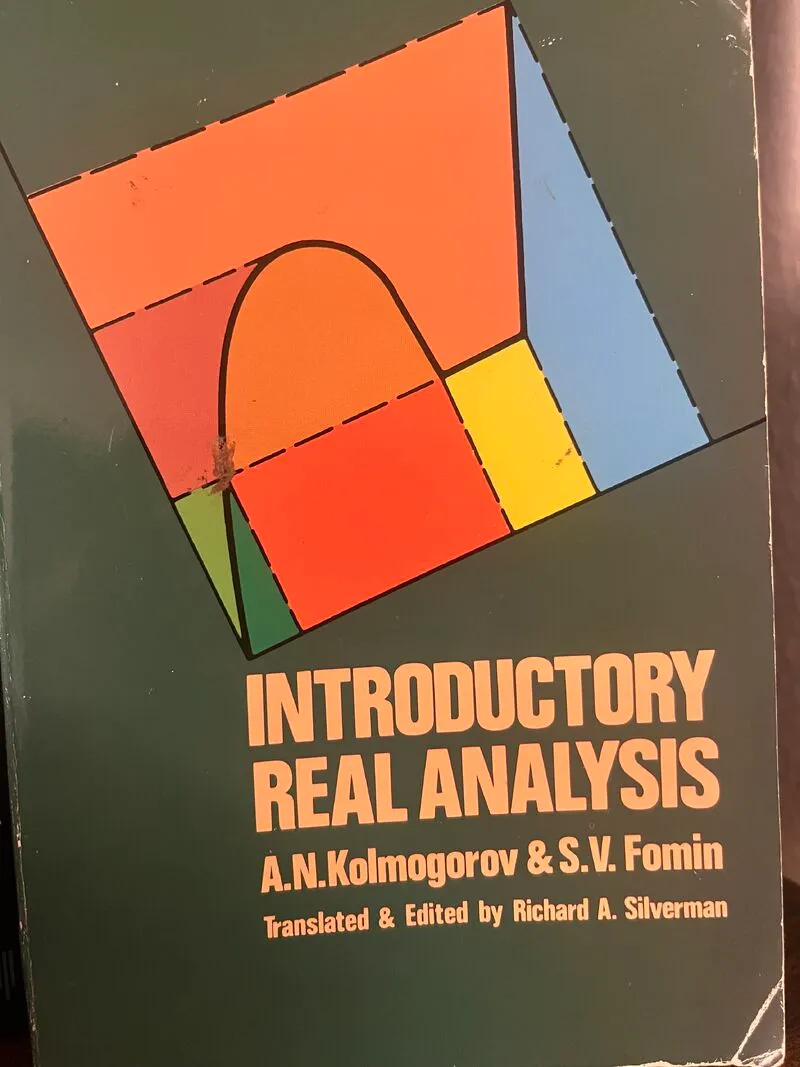Recently, two independent discussions —one with a friend over beers and the other with a toddler— brought me back to the same book. The ways of mathematical thought are mysterious 😉. The first discussion was about Lebesgue integrals and how you can complete entire engineering and physics curricula without ever hearing about them.
The second discussion was sparked when my child asked me, “What is ?” I must admit that I was thrilled by this question and tried to explain the formula for calculating the sum. I also told him about triangular numbers and a story about Gauss that I had heard once, which is most likely apocryphal.
Then, I remembered someone telling me about a Numberphile video showing that the sum of all natural numbers —when you go all the way to infinity— is equal to . Over the weekend, I discussed with another friend how mind-boggling this is. Not only is it not an integer (isn’t the sum of two natural numbers supposed to be a natural number?) But it’s negative! If you remember your calculus, you’ll see that the series diverges. How, then? It turns out that this video is misleading.
The sum of the natural numbers from 1 to infinity is a non-convergent instance of the Riemann zeta function, . Extending this function by analytical continuation (adding a pole) yields the strange value shown in the video: .
In any case, the book that came to mind is Introductory Real Analysis by Kolmogorov and Fomin (Dover, 1970). I said that mathematical thoughts are mysterious because analytical continuation is a topic of complex analysis, whereas this book is on real analysis.
Overall, an interesting train of thoughts, discussions, and a great book to have a look at.
